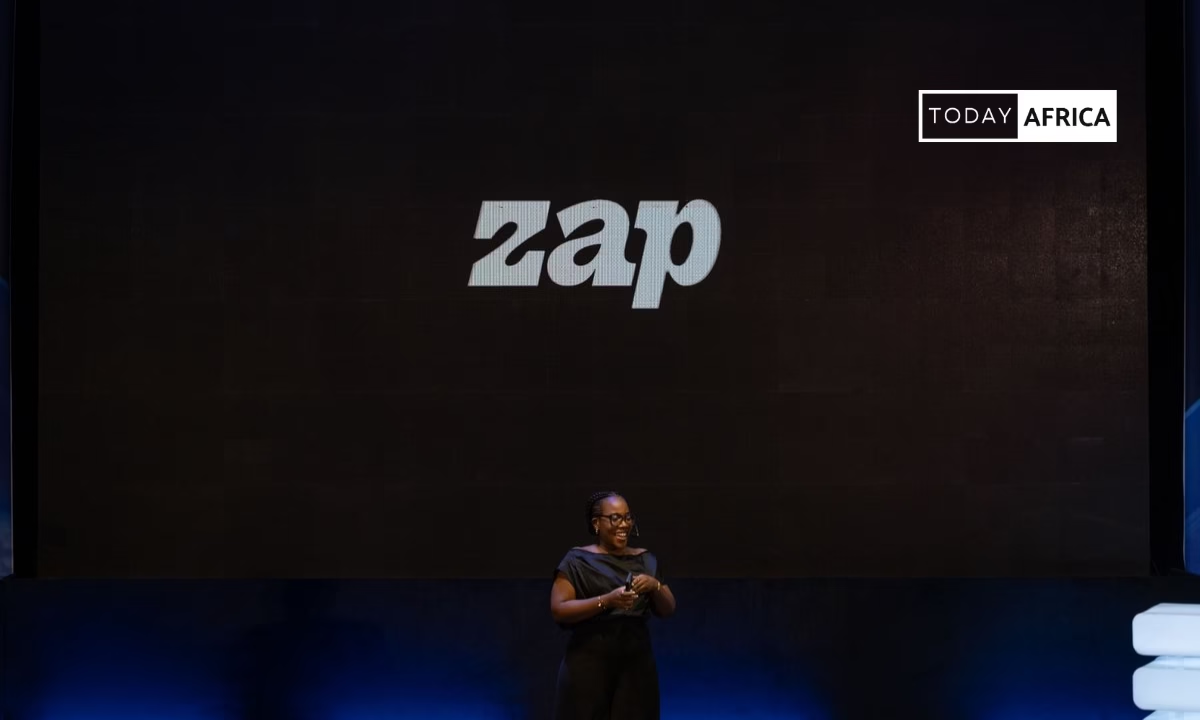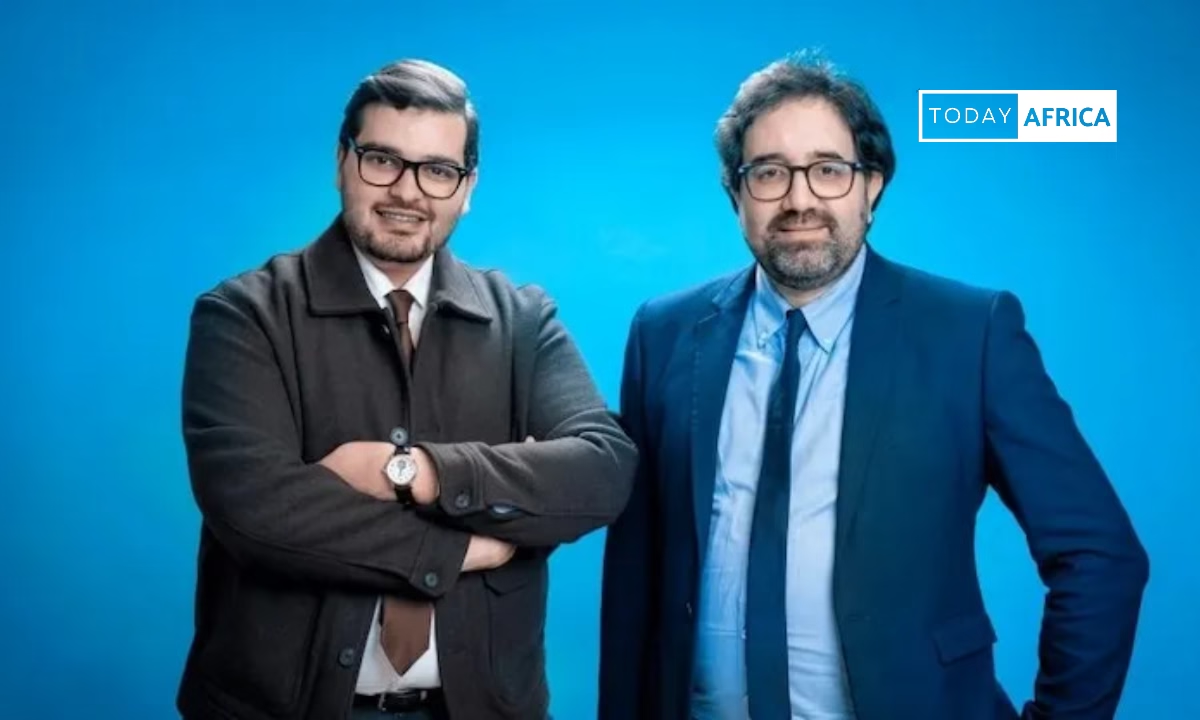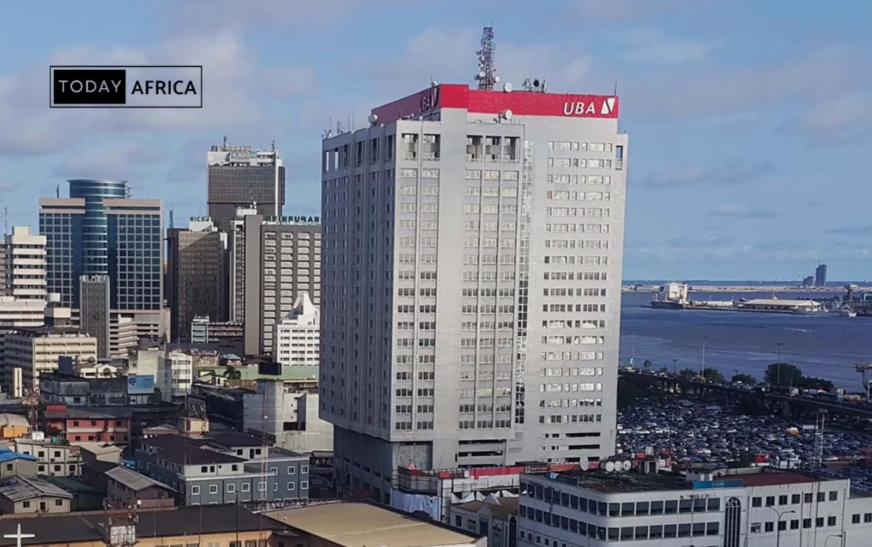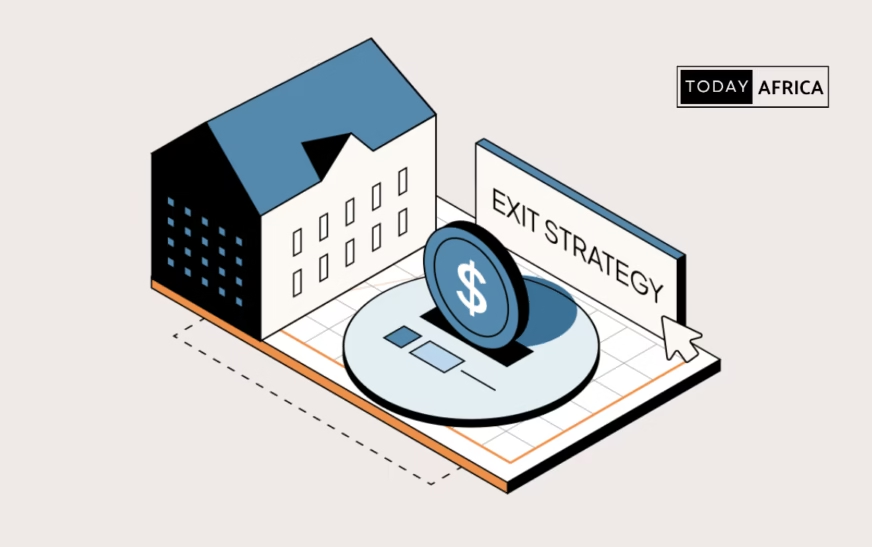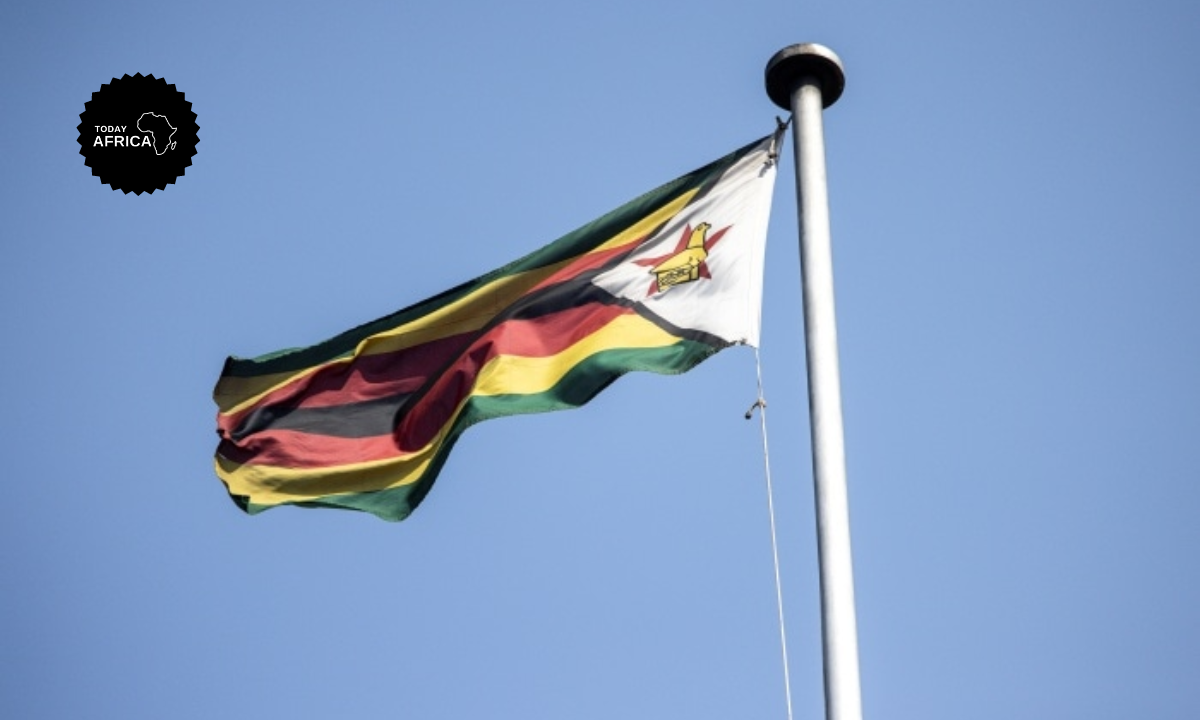If you’ve ever been to Aba in southeastern Nigeria, someone has probably mentioned Ariaria. It’s impossible to talk about the city without it. The market is massive and magnificent all at once.
But Ariaria is more than a market. It’s an idea, a living symbol of African ingenuity and the power of informal economies.
People often call it “The China of Africa,” not because of its size alone, but because of what happens inside: design, manufacturing, innovation, and trade, all rolled into one ecosystem built almost entirely by ordinary people.
Ariaria sits at the center of Aba’s identity, fueling the city’s reputation as Nigeria’s craft and trade capital. It’s one of the heartbeats of southeastern Nigeria’s economy, and in many ways, a snapshot of Africa’s entrepreneurial energy at work.
How Ariaria International Market Aba started
Ariaria International Market was born in the early 1970s after the old Ekeoha Market in Aba burned down.
Traders needed a new space, and what began as a temporary settlement on the outskirts of town slowly grew into something massive.
By the 1980s, Ariaria had become a magnet for artisans across the Southeast, including tailors, cobblers, leatherworkers, and furniture makers.
People came with tools, skills, and a strong belief that they could make a living with their hands. Over time, the market turned into a dense network of workshops, stalls, and warehouses that now sprawl across several zones.
Today, estimates say there are more than 37,000 shops inside Ariaria and many more informal traders around it. The market feeds thousands of families directly and indirectly.
It’s hard to get a precise number, but anyone who has walked through knows it’s a city within a city, a place where nearly every street hums with enterprise.
The most remarkable thing? Most of it was built without foreign investment, formal education, or major infrastructure. Just creativity, collaboration, and relentless hustle.
What makes Ariaria special
At first glance, it looks chaotic, with narrow alleys, piles of fabric, and rows of shoe soles drying in the sun.
But there’s a strange order to it. The market runs on networks and trust.
Every workshop has a role: one person cuts leather, another stitches, and someone else handles soles. The process is broken into micro-tasks, which means production is fast and flexible.
If you need a new shoe design, you can prototype it in a day and have fifty pairs ready by the weekend.
That speed and improvisation are Ariaria’s secret sauce. It’s why the market produces everything from affordable sneakers to polished leather dress shoes sold as far as Ghana and Cameroon.
Some call Ariaria “Africa’s China Town” because of the sheer scale of manufacturing. Local associations estimate millions of shoes are made here each year, along with bags, belts, clothes, and household goods.
You’ll also find a vibrant electronics repair community and growing clusters in carpentry and metalwork.
Despite the lack of formal factories, Ariaria functions like an industrial ecosystem, one that thrives on creativity, grit, and relentless hustle.
Read Also: African Second-hand Economy: The Billion-dollar Industry
Why the market became so influential
There’s a reason Ariaria keeps showing up in conversations about African industrialization.
It’s proof that large-scale economic impact doesn’t always start in high-rise offices or funded startups, it can begin in open-air workshops run by small business owners.
Here’s why the market matters so much:
- Employment engine: Over one million Nigerians depend on Ariaria for their livelihoods, according to local government estimates. From artisans to food vendors to transport workers, it supports an entire micro-economy.
- Production powerhouse: The market has more than 30,000 shops and workshops producing everything from shoes, clothing, and furniture to machine parts and electrical fittings.
- Export reach: Aba-made products travel across West and Central Africa. Traders from Cameroon, Ghana, Benin, and even as far as Congo buy directly from Ariaria manufacturers.
This ability to create and distribute at scale, without formal structures, makes Ariaria International Market Aba one of the most fascinating informal economies in the world.
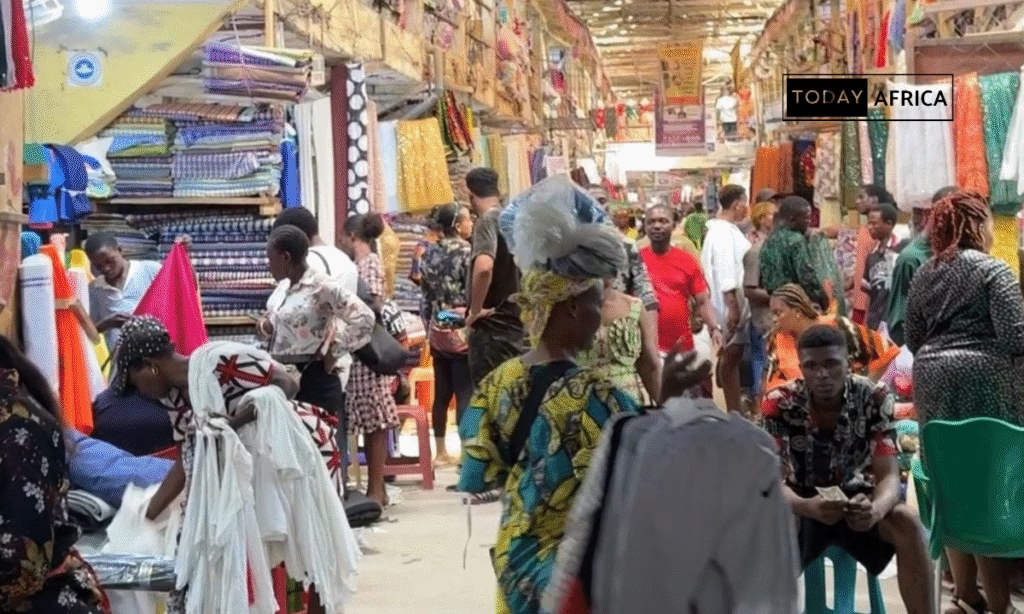
Inside the market
Step into Ariaria and you immediately feel the rhythm. The market isn’t random, it’s divided into zones, each with its own specialty.
- Powerline section: Famous for handcrafted shoes and leather bags. Many local shoemakers design custom pairs that rival imported brands, and buyers often queue for orders during festive seasons.
- Bakassi line: The tailoring hub. You’ll find hundreds of small workshops churning out ready-to-wear clothing, school uniforms, and bespoke fashion.
- Metal village: A hub of innovation in fabrication. Here, blacksmiths and welders create machines, spare parts, and tools, often by improvising with recycled materials.
What’s most impressive is how seamlessly everything connects. Orders are placed through personal networks, production is done in teams, and delivery is fast. There’s no formal logistics system, yet somehow, it works.
The genius of Aba’s artisans
The artisans in Ariaria are known for their creativity. Many have never received formal training in design or manufacturing but learned through years of apprenticeship.
Shoemakers, for example, often study imported brands and redesign them with local materials.
Some even customize for specific climates or fashion preferences across West Africa. Aba-made shoes are cheaper than imported ones, yet durable and stylish enough to compete.
Ariaria also produces electric generators, sewing machines, gas cookers, and even car parts. The market’s engineers are famous for reverse-engineering imported equipment and rebuilding them locally, often improving on the original.
It’s the kind of grassroots innovation that rarely makes headlines but forms the backbone of real economic growth.
Read Also: African Startups Tackling Energy and Waste: A Look into the Cleantech
Challenges holding Ariaria International Market Aba back
Still, Ariaria faces serious problems, some decades old.
- Infrastructure gaps: Despite the government’s redevelopment plans, many sections of the market still face poor roads, limited drainage, and inadequate fire safety. Flooding during heavy rains continues to damage shops and goods.
- Power reliability: The 9.5 MW Independent Power Plant and electrification efforts have helped, but most of the 37,000+ stalls still rely on generators. High fuel costs and frequent outages constrain production.
- Displacement and relocation risks: Ongoing remodelling has forced some traders into temporary units. While the government promises first-refusal rights to new stalls, uncertainty and fear of losing long-established spaces remain.
- High operating costs: Rising rents, market levies, and costs of raw materials put pressure on artisans’ thin margins, especially small-scale shoemakers and leatherworkers.
- Digital adoption hurdles: Startups like Shoptreo are bridging the digital gap, but many artisans lack smartphones, reliable internet, or digital skills, limiting online sales and broader market access.
- Informality and finance: Limited access to formal loans, credit, and business documentation continues to restrict scaling and exports.
- Competition and quality standards: Imported goods challenge local makers on price, while inconsistent product quality and lack of certification prevent wider national and international market access.
Recognizing this, the Abia State Government has started a gradual redevelopment of the market, with new buildings, drainage systems, and solar power installations underway. The project aims to preserve Ariaria’s spirit while modernizing its structure.
Read Also: Fintech 3.0 in Africa: What Comes After Payments?
Abia State Govt’s big plan for Ariaria
For years, the government promised to “modernize” the market. Most traders didn’t believe it. They had heard it all before, plans that never left paper. But in 2025, things started to shift.
The Abia State government launched a massive redevelopment program aimed at rebuilding key sections of Ariaria into a cleaner, safer, and more structured environment.
Old and flood-prone areas were demolished, and over 400 new stalls were built as temporary relocation units for displaced traders while reconstruction continued.
The plan is ambitious: paved internal roads, proper drainage, fire service access, modern toilets, and stable electricity connections. Officials say it’s not just about beautification, it’s about turning Ariaria into a true industrial hub that can attract investors and export attention.
Governor Alex Otti’s administration has positioned the project as part of a wider economic reform for Abia, focusing on infrastructure and local manufacturing.
The government has been working with private developers to finance construction while promising traders priority access to the rebuilt stalls once completed.
Not everyone is convinced. Some fear higher rents will push out smaller traders. Others worry about transparency in shop allocation.
But even skeptics admit the work is long overdue. “If they can finish this project well,” one trader said, “Ariaria will rise again stronger than before.”
The digital revolution comes to Ariaria
In the past, Ariaria’s biggest limitation was visibility. Most of its artisans depended on physical customers or traders who came in person. But that’s changing fast.
Startups like Shoptreo, based in Aba, are helping artisans digitize their operations, building online stores, handling payments, and connecting them to national and international buyers.
Some younger traders now promote their work on Instagram and TikTok, showcasing “Made in Aba” designs to the world.
This digital shift could completely transform Ariaria’s story.
If artisans gain access to e-commerce, logistics, and better branding, the market could evolve into a continental manufacturing brand on its own terms.
Read Also: How Emmanuel Jacobs is Building Africa’s Largest Indigenous B2B Ecommerce
Lessons from Ariaria’s success
Ariaria teaches a few important lessons about African enterprise:
- Innovation doesn’t always need Silicon Valley funding: Sometimes it just needs community networks, creativity, and grit.
- Skills can drive economies: Vocational training and apprenticeships can create employment at scale when supported by good infrastructure.
- Local doesn’t mean low quality: With better branding and support, African-made goods can compete globally.
Governments and investors looking to boost Africa’s manufacturing sector could learn a lot from how Ariaria operates organically.
What to expect when you visit
If you ever visit Aba, make a stop at Ariaria, but go prepared.
The market spans roughly 16 square kilometers, with thousands of lanes, workshops, and shops. It’s easy to get lost, so many visitors hire local guides or traders to help navigate.
Bring cash (though POS and mobile payments are growing), dress comfortably, and prepare for a sensory overload. You’ll see craftsmanship at work in its rawest form, machines being welded, shoes being stitched, fabric dyed and dried in the sun.
It’s an experience that captures the real pulse of African creativity.
The future of Ariaria
Ariaria’s future could go one of two ways. It could either remain an informal, largely local market, vibrant but under-optimized, or it could transform into a modern African manufacturing hub that feeds both online and offline demand.
With the right mix of infrastructure, digital access, and investment in skills, it’s not far-fetched to imagine Ariaria competing with export clusters in Asia.
The government’s current redevelopment projects and partnerships with startups like Shoptreo suggest that change is already underway.
What remains is sustained investment and a shared vision between the traders and policymakers.
Read Also: State of Artificial Intelligence in Africa: Opportunities & Challenges
Positioning Ariaria market for global dominance
To compete globally, Ariaria needs more than just infrastructure; it needs strategy. Here’s what could make that shift possible:
1. Standardization and certification
Introducing quality control units within each cluster would help products meet international standards. Local institutions or partnerships with agencies like SON (Standards Organisation of Nigeria) could certify goods for export, boosting trust and traceability.
2. Making “Made in Aba” as a global identity
The phrase “Made in Aba” carries weight, but it’s under-leveraged. With better storytelling, packaging, and export marketing, it could evolve into a pan-African brand representing authenticity, skill, and affordability. Government-backed trade fairs, influencer collaborations, and digital storytelling could amplify its reach.

3. Cluster-based industrialization
Rather than viewing Ariaria as one chaotic market, policymakers could structure it into specialized clusters, fashion, footwear, metalwork, and tech-enabled manufacturing, each supported by tailored infrastructure and mentorship programs.
4. Access to finance and digital payments
Microfinance institutions and fintech startups should develop products designed for artisans, inventory financing, equipment leasing, and digital savings wallets. Financial inclusion would help artisans expand operations and adopt better tools.
5. Global partnerships and exports
Regional trade agreements under AfCFTA (African Continental Free Trade Area) offer a massive opportunity. By organizing cooperative export networks, Ariaria could legally ship goods across Africa with reduced tariffs and standardized documentation.
6. Skill upgrading and design innovation
Partnerships with vocational institutes and design schools could modernize product aesthetics and techniques. This would help artisans move from imitation to innovation, creating original designs that appeal to international markets.
7. Technology adoption and smart manufacturing
Automation doesn’t have to be high-end. Affordable 3D modeling, digital pattern design, and laser cutting could increase precision and reduce waste. Pilot programs could be launched to show artisans how tech enhances, not replaces, their craft.
Conclusion
Ariaria International Market Aba is more than a trading post. It’s a symbol of Nigeria’s ability to create value from limited resources.
It shows what can happen when talent meets necessity, how a city that once had little infrastructure managed to become a regional production hub through sheer determination.
And that’s why it matters far beyond Aba.
Because if places like Ariaria can modernize successfully with better infrastructure, smarter regulation, and digital access, they could redefine what manufacturing looks like across Africa.
Not heavy factories, but networks of skilled artisans connected through technology and trust.
So the next time you hear someone mention Ariaria International Market Aba, think of the people behind the noise; the shoemakers, tailors, and traders whose small shops keep an entire ecosystem alive.
They may not have shiny machines or venture capital backing, but they have something just as powerful: resilience, creativity, and an endless capacity to adapt.
Leave a comment and follow us on social media for more tips:
- Facebook: Today Africa
- Instagram: Today Africa
- Twitter: Today Africa
- LinkedIn: Today Africa
- YouTube: Today Africa Studio



